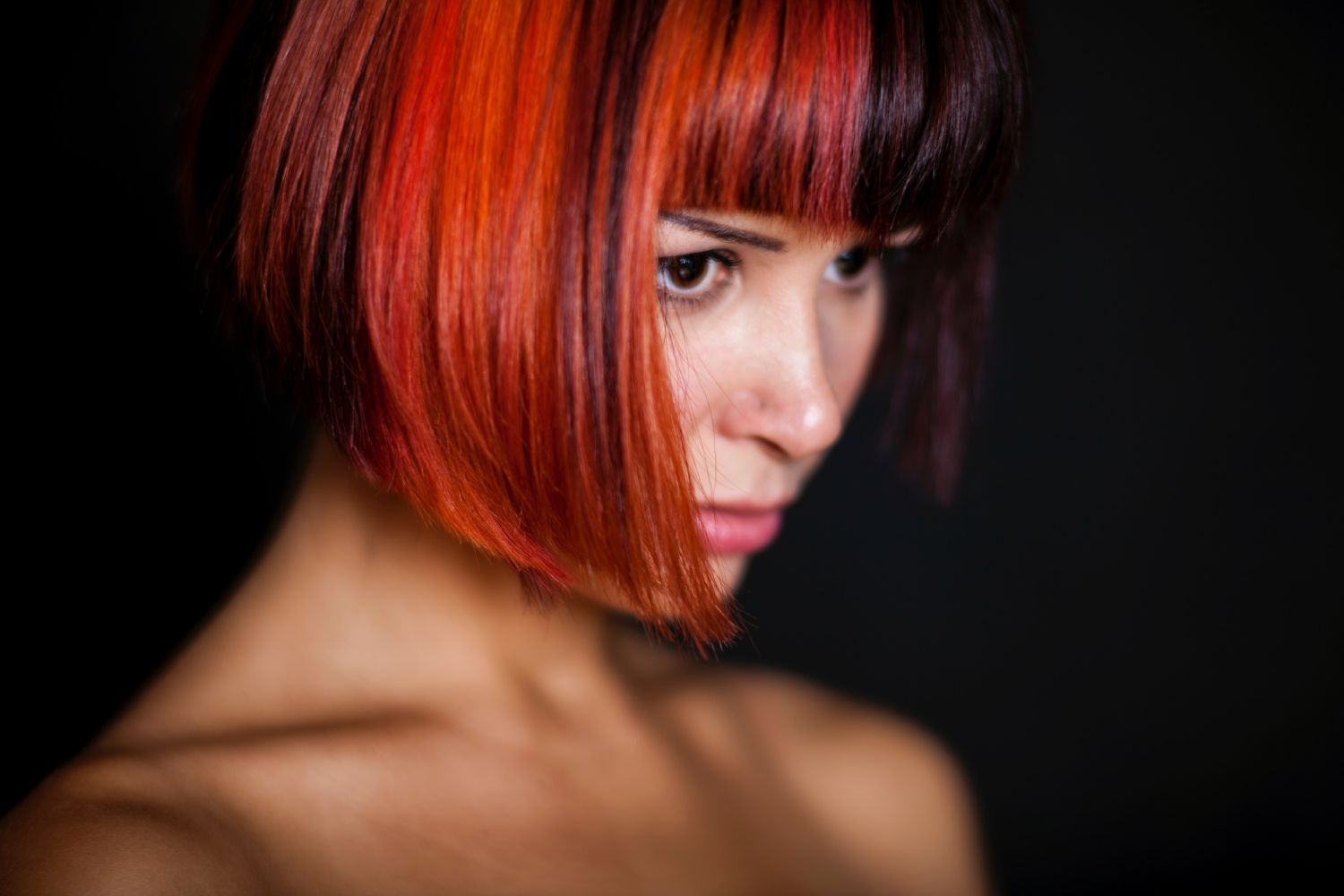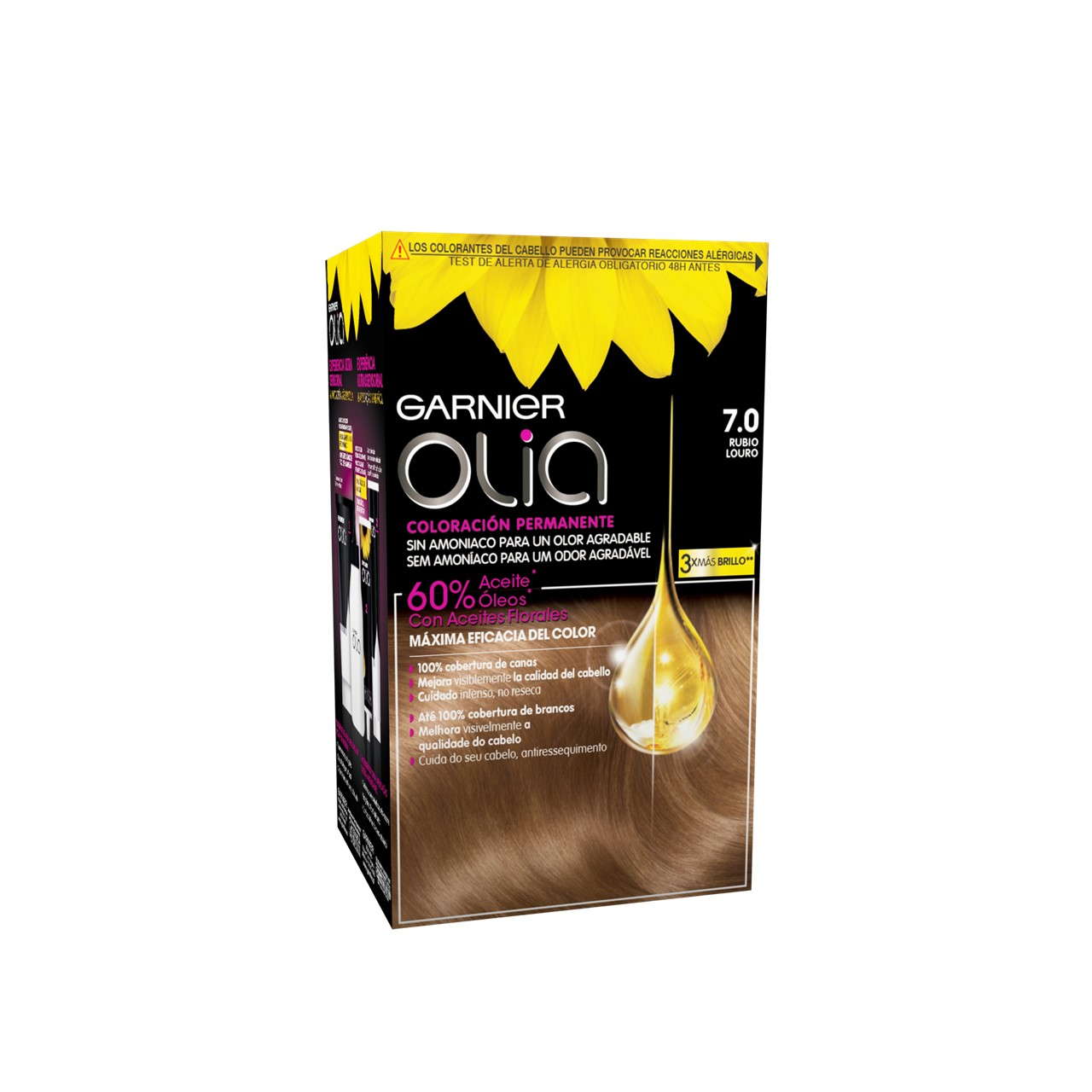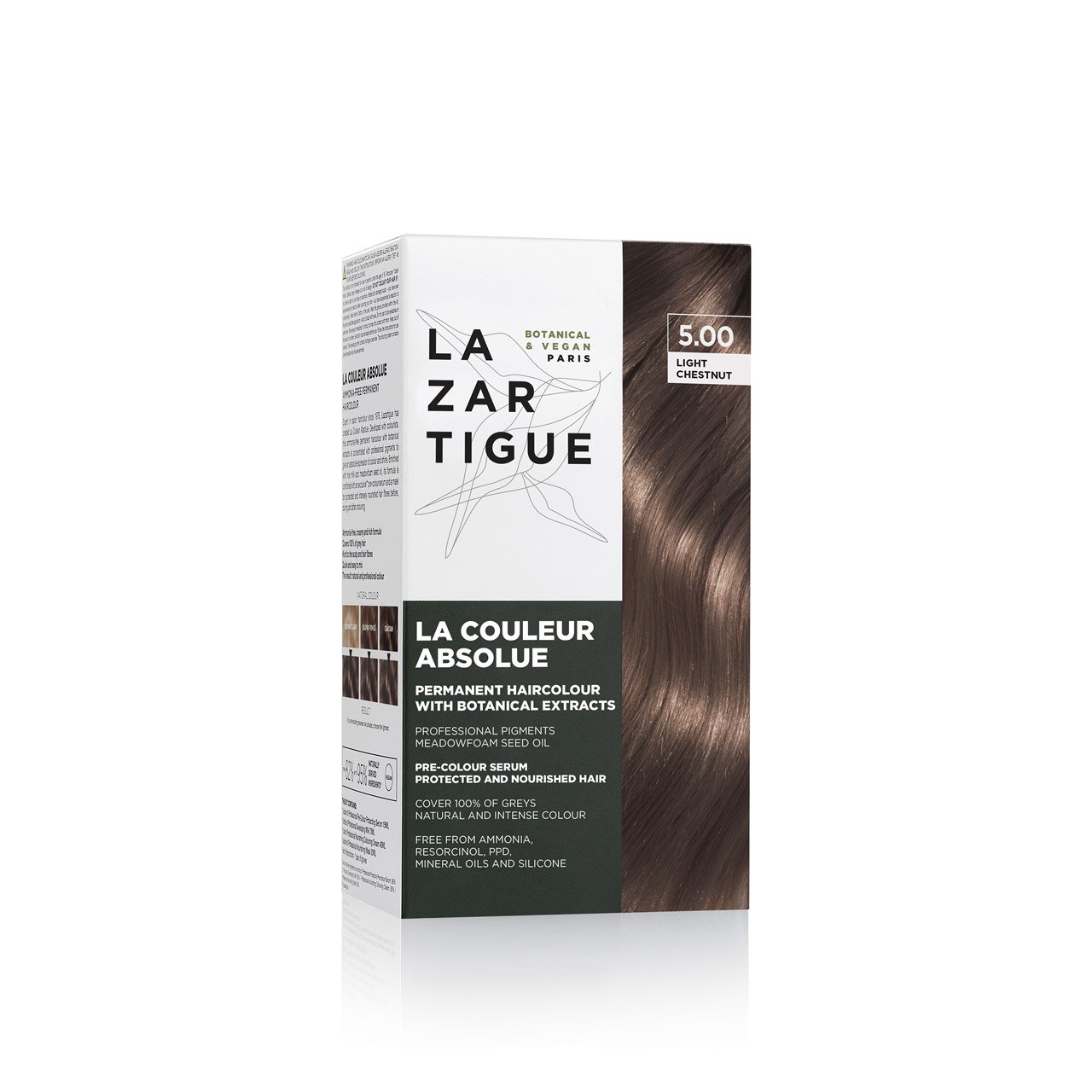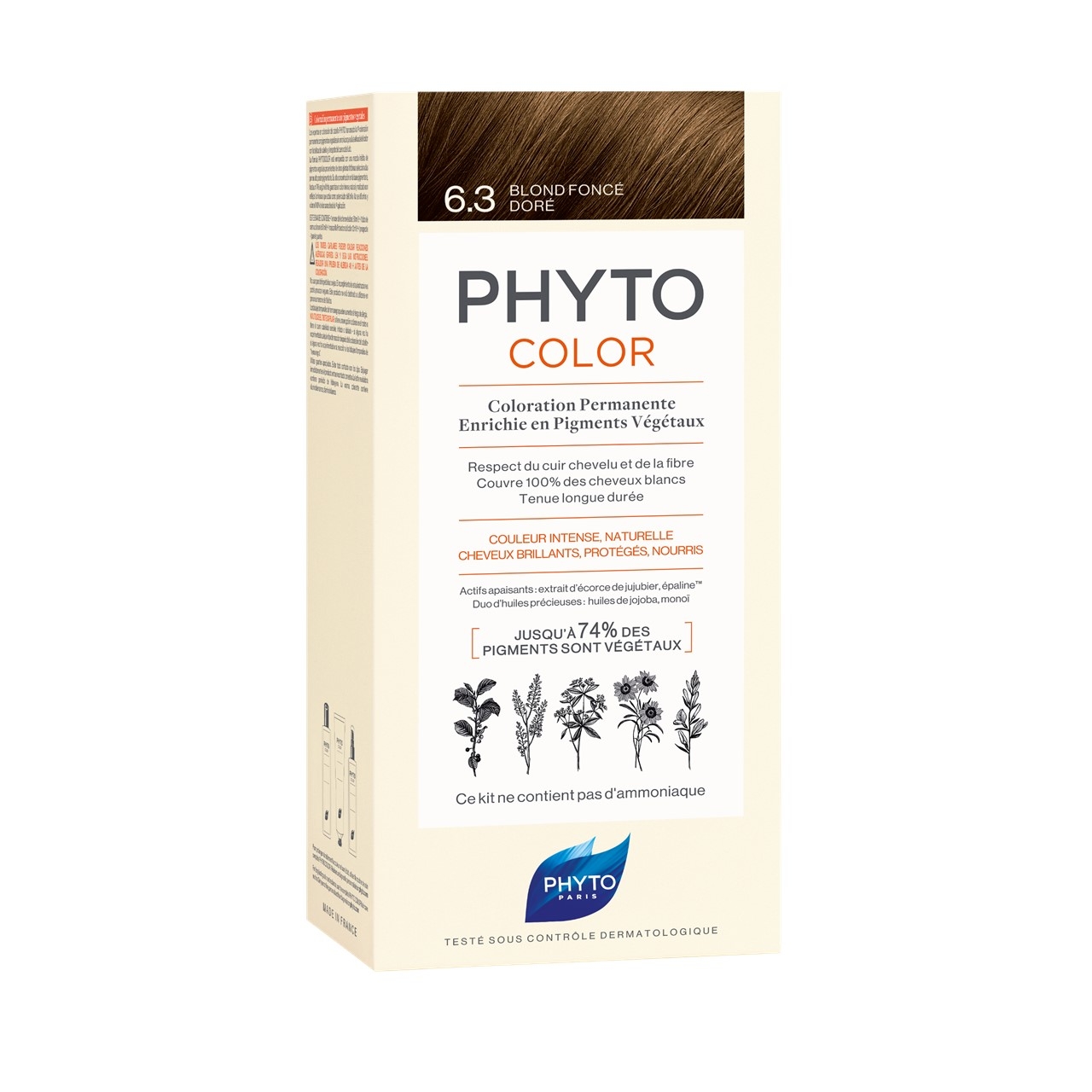
Walk down the box dye aisle at the supermarket, and you will find that every box features not only a color name, but also a set of numbers. You may think these are simply serial codes, or some sort of complex internal sorting system, but what if we told you that these hair color numbers actually identify the shade and tone of each and every hair dye?
Indeed, most hair color brands subscribe to the International Color Chart (ICC), a numerical system that classifies hair color around the globe. It looks complicated, but it’s actually pretty simple; are you ready to learn more?
Hair color levels: Light vs Dark
In the world of hair color, your hair isn’t described as simply being light or dark; instead, it has a depth, or a “level”. Levels range from 1 to 10, with 1 being black, and 10 being lightest blonde. This is why you will often hear hair colorists talk about “lifting” your hair color: it means they’re bringing it up from a low number (a darker color) to a high number (a lighter color).
By themselves, “levels” represent the natural hair colors we are born with:
- 10: Lightest blonde
- 9: Very light blonde
- 8: Light blonde
- 7: Medium blonde
- 6: Dark blonde
- 5: Light brown
- 4: Medium brown
- 3: Dark brown
- 2: Darkest brown
- 1: Black
Keep in mind that different brands may use different names for the same shade, but the number should indicate a similar level. Here are some examples of box dyes in natural hair colors:
Hair color tones: Warm vs Cool
But what if you’re not looking for a natural hair color? That is where tones, or “reflects”, come in. Tones can be cool (beige or violet, for example) or warm (think coppers, golds, and reds).
Tones are not as universal as levels, and some brands will extend the range to include other color variations. However, most brands use tones that range from 1 (coolest) to 6 (warmest):
- 6: Red
- 5: Mahogany
- 4: Copper
- 3: Gold
- 2: Iridescent or violet
- 1: Ash
Natural hair colors tend to be neutral, so they are represented with a 0.
Putting levels and tones together
Now that we know all about levels and tones/reflects, we truly begin to understand hair shade numbers.
The first digit in a shade represents the level, and the second digit (usually placed after a dot or slash) represents the tone or reflect. Why don’t we look into a specific example?
Let’s take 6.3, a popular shade of hair dye. The number before the dot, 6, indicates the level: dark blonde. Meanwhile, the number after the dot, 3, indicates the tone: gold. Shade 6.3 is, therefore, a Dark Golden Blonde.
See? There’s nothing complicated about hair color numbers; and while it’s true that not every brand uses the same color system, knowing the basics of levels and tones will help you navigate hair color charts even when you’re not 100% familiar with them.
What are you waiting for? Time to pick out your new hair color!
Beauty Writer & Editor





 Phytocolor Permanent Color Shade 6.3 Dark Golden Blonde
Phytocolor Permanent Color Shade 6.3 Dark Golden Blonde
